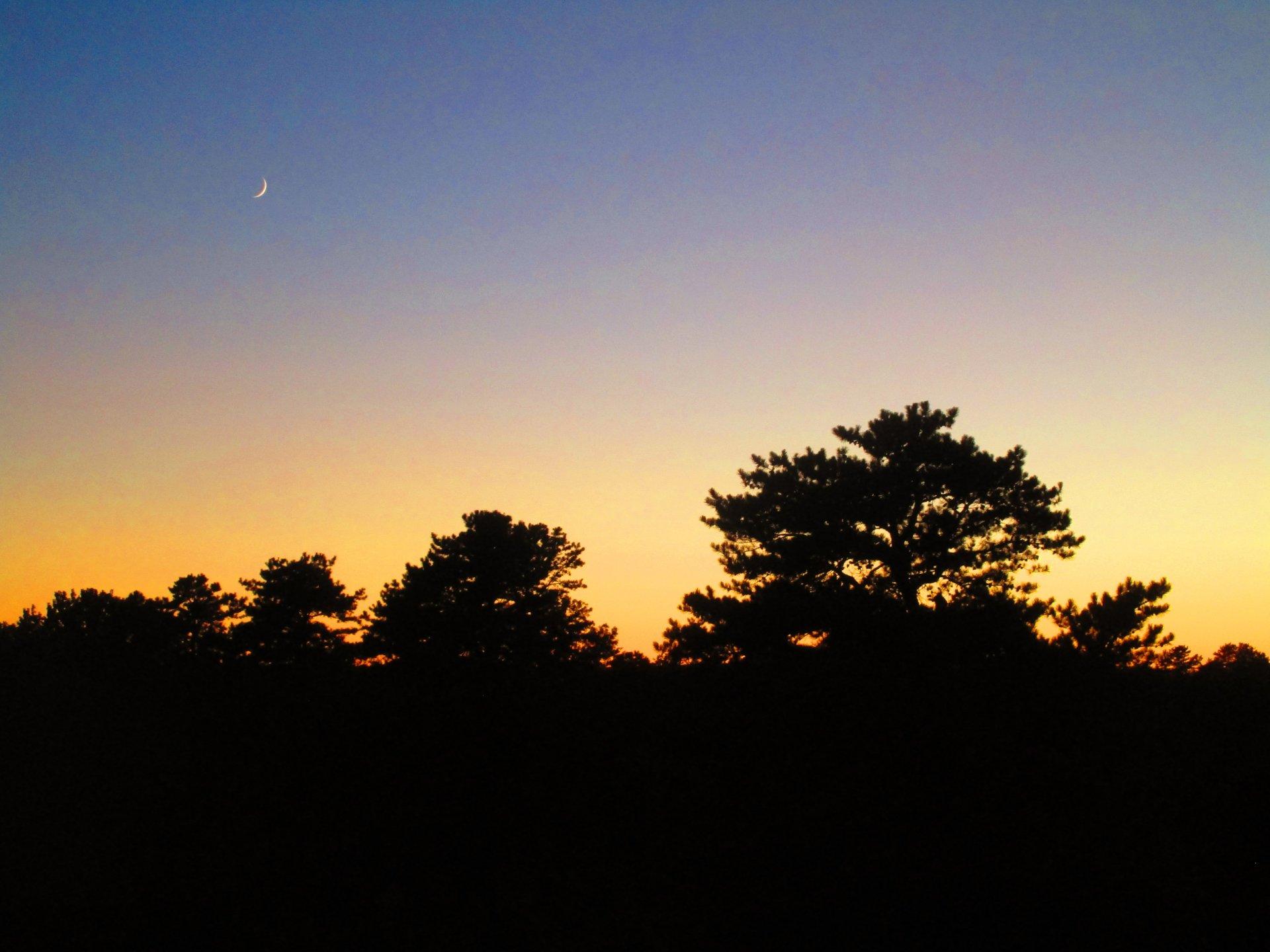by Lynne Jackson
ALBANY: Jack Lauber spoke at the February, 2006 vegetarian/vegan lasagna dinner at the First Presbyterian Church in Albany about the safety and feasibility of waste-to-energy.
Mr. Lauber is an environmental engineer, who used to work at the NYS Department of Environmental Conservation. He is very proud of the many incinerators he has shut down for polluting. Mr. Lauber first came to Save the Pine Bush’s attention when he wrote an opinion piece in the Times Union last September about how clean current technology for waste-to-energy facilities is.
When Mr. Lauber first began working in this field, he was faced with terrible problems of open burning dumps and dirty incinerators. He says that unfortunately, people associate any type of waste-to-energy facility with these old incinerators.
These old incinerators had manual pollution controls and did not produce much energy. He made an analogy of the old incinerators to cameras. In the past, he said, on cameras, all of the settings were manual. They had good lenses and good mechanisms, but all of the settings were done manually and you did not always get good pictures. Now, everything in a digital camera is automatic; the cameras have computers inside and you get great pictures every time. Modern waste-to-energy plants, like digital cameras, have computerized pollution controls that are so efficient that the computerized controls can detect and handle problems before a human would even notice – which mean that the new facilities are getting very efficient burning and almost no pollution.
Mr. Lauber commented that people who say that burning is bad is sort of like a religion. He noted that the Hebrew word for hell is gehenna, a horrible place of practices like child sacrifice, but it was also the site of an open burning garbage dump. And that’s where the concept of the fires of hell come from. But, in the Bible there is also the talk of good, clean fires. There is a difference, a big difference.
Mr. Lauber continued by discussing the environmental problems caused by landfills. Landfills for organic garbage are banned in Europe because of the contribution landfills make to global warming. Methane, a gas released by landfills, is 25x as potent a greenhouse gas as carbon dioxide.
Landfills leak. Holes can be made in landfill liners by chemicals commonly found in the garbage such as nail polisher remover. Take for example the Town of Colonie landfill. The leachate from this landfill is trucked to the Albany County Sewage Treatment Plant, where the sewage treatment plant just dilutes the leachate before it goes into the Hudson River.
One of the students at Columbia, where Mr. Lauber does some work, found that landfills were 30 times worse than modern waste-to-energy facilities in terms of health effects.
Mr. Lauber then began to talk about our own Albany landfill in the Pine Bush. The flares at the landfill used to burn off gases are “dioxin generators” – a very hazardous gas. These flares burn inefficiently because there are no pollution controls or controls to make the gases burn at a high efficiency, and emit toxic gases.
One of the main differences between the old incinerators and the modern waste-to-energy facilities is the efficiency of the burning. Modern facilities have 99.9% burning efficiency. When high burning efficiency is coupled with four or five stages of computerized pollution controls, hardly any toxins are formed.
The ANSWERS facility was a good idea, Mr. Lauber observed, but New York State made a mess of it by not putting on the right controls. Mr. Lauber said that the ANSWERS facility (which was shut down because it polluted so badly), though built in 1980, was built with 1960’s technology and built cheaply. He said the company that designed the ANSWERS plant has since built a clean facility in Massachusetts.
Mr. Lauber noted that we have been recycling for about 25 years, and have achieved a rate of about 40%. Materials being recycled include newspapers, some soft plastics, aluminum, and glass. But, more complex plastics are difficult to recycle, such as CDs. “Our waste,” he said, “has so much energy. About 1/2 the energy as coal.” Energy independence is very important.
Mr. Lauber emphasized that proper burning of waste does not generate contaminants. He mentioned waste-to-energy systems in Syracuse, Hempstead and Westchester that meet European air quality standards. These systems use dry-scrubbing technologies. A system built in Los Alamos, because many scientists lived nearby, included 5 levels of air cleaning. According to Mr. Lauber, this is a “fool proof” system.
Mr. Lauber believes that modern waste-to-energy plants are the safest, most efficient method to deal with solid waste.
For further information see a list of articles regarding the landfill.
Printed in the March/April 06 newsletter
